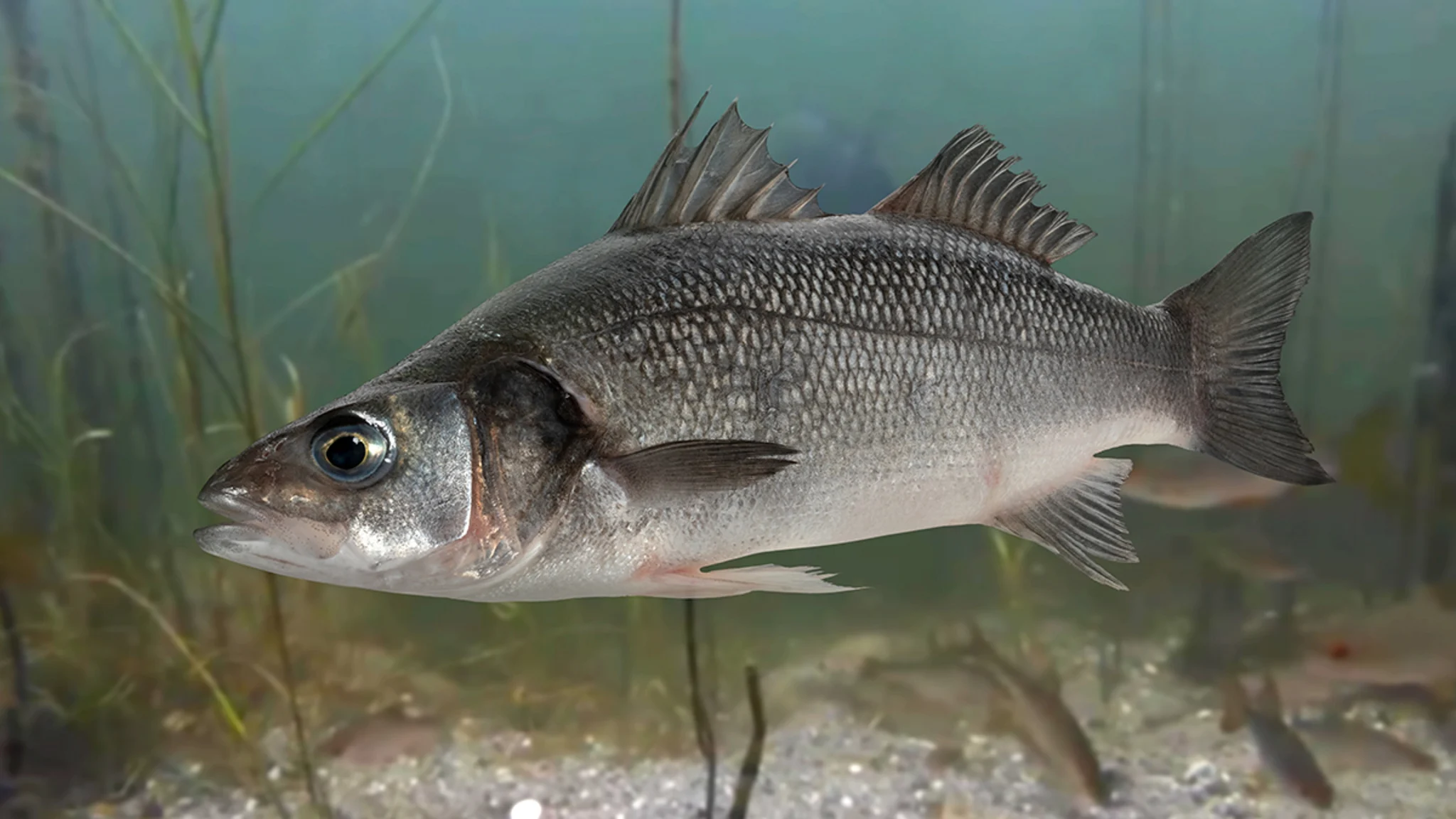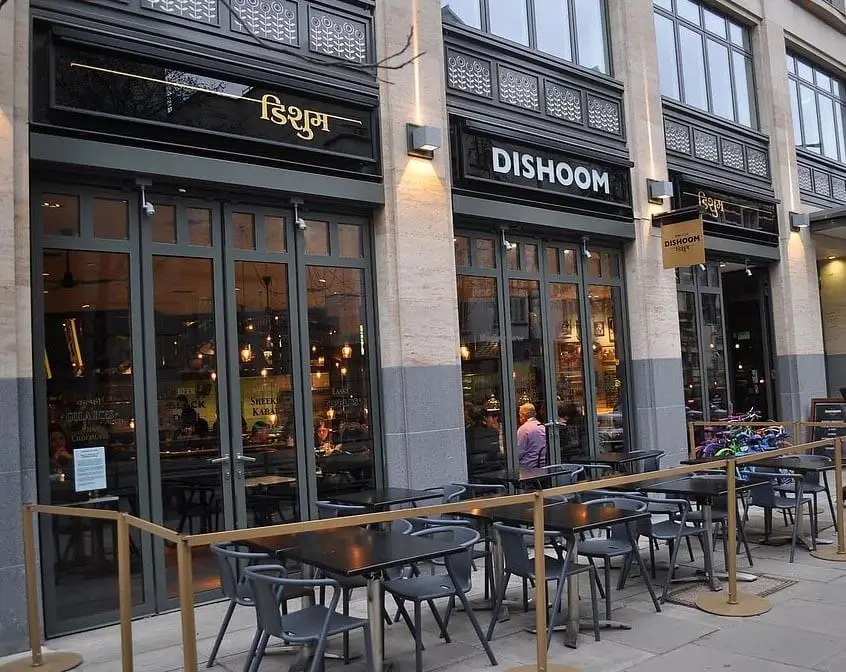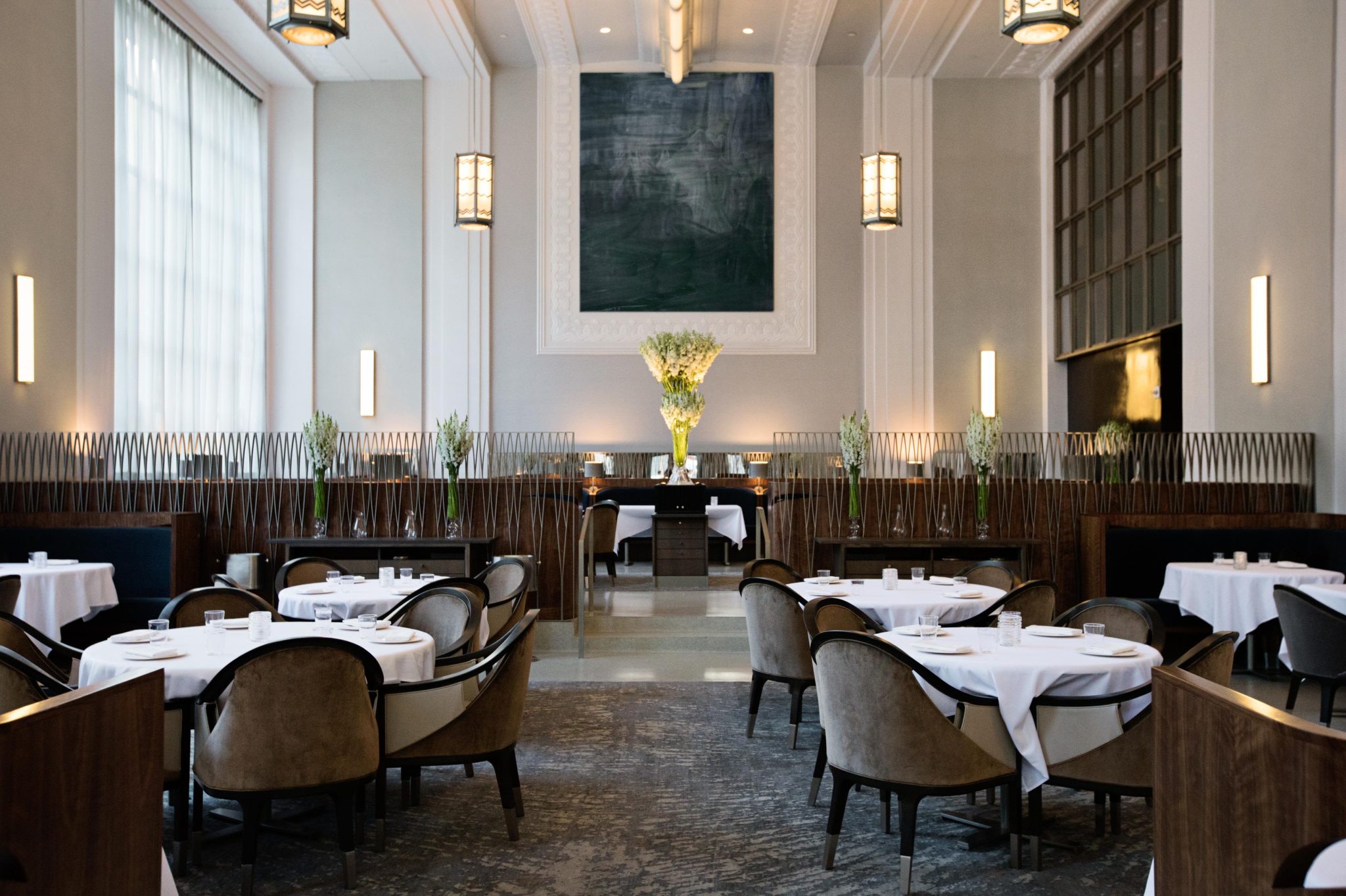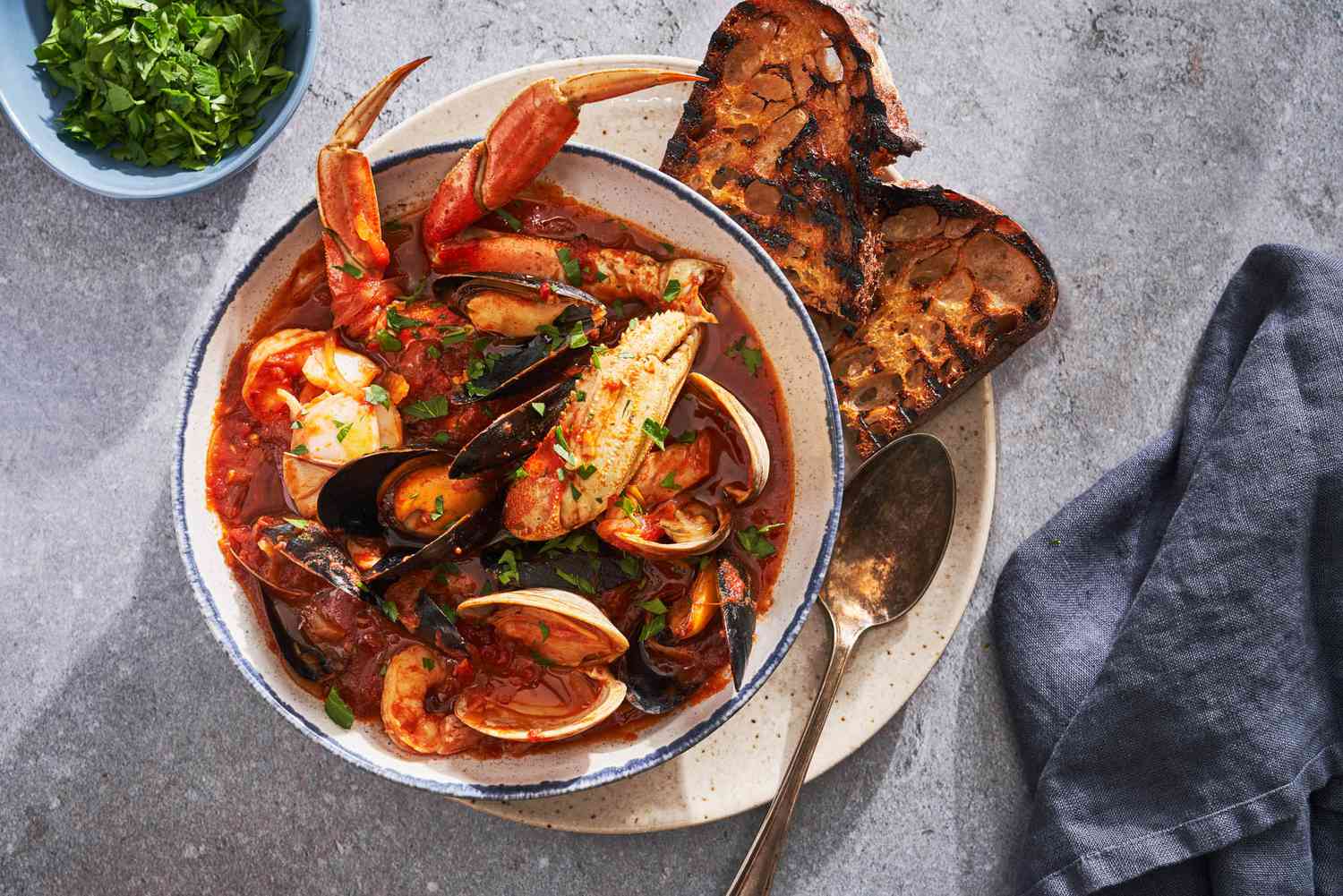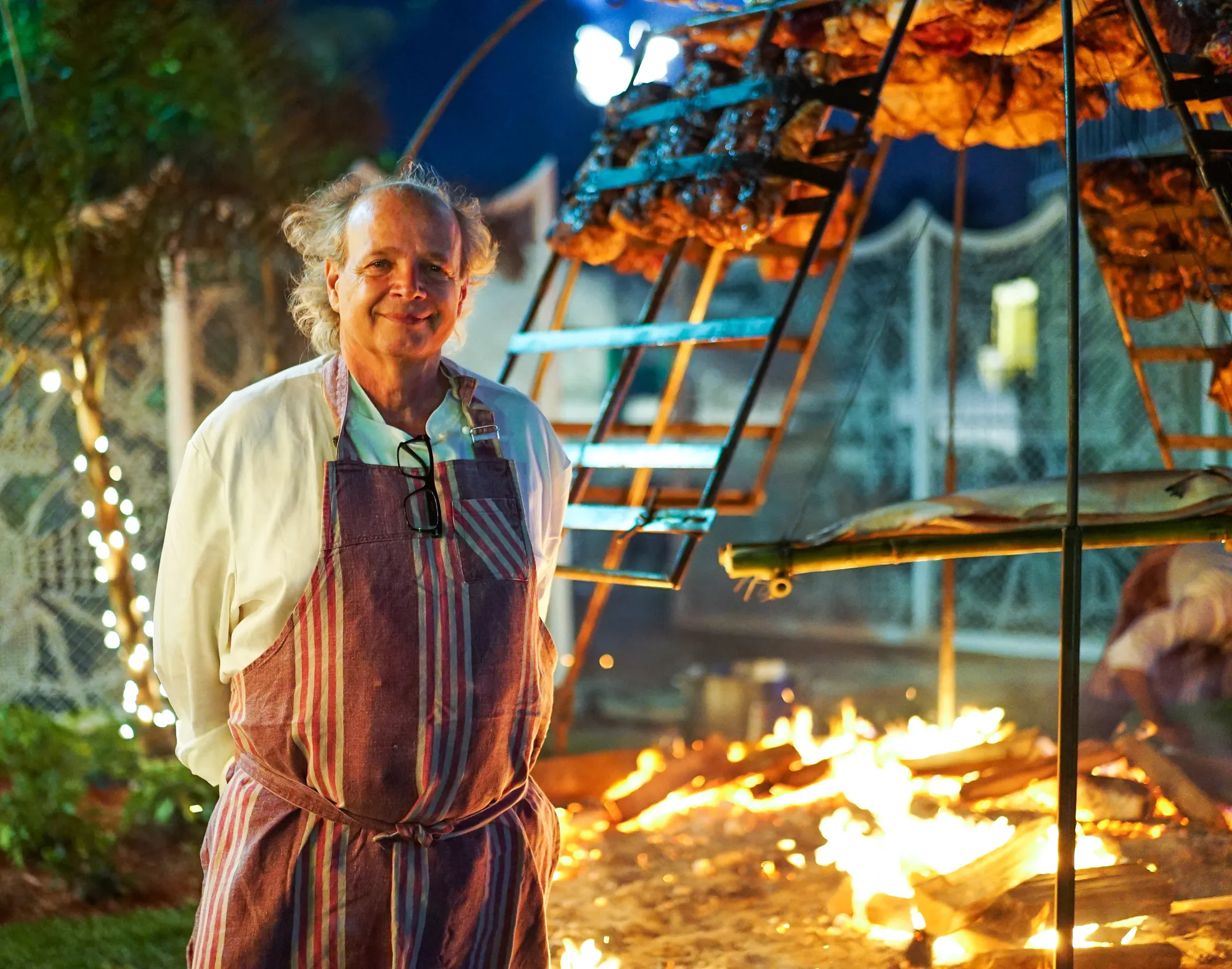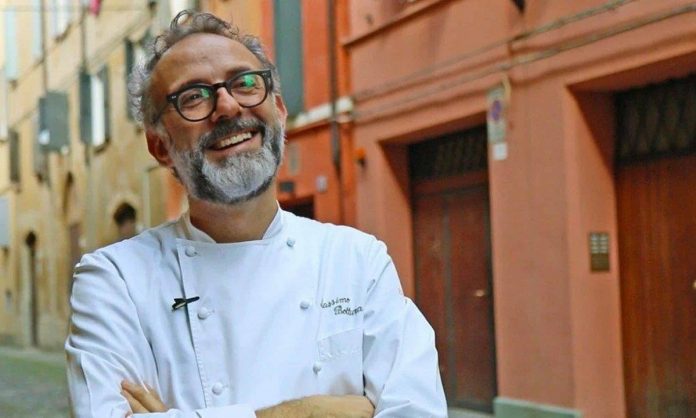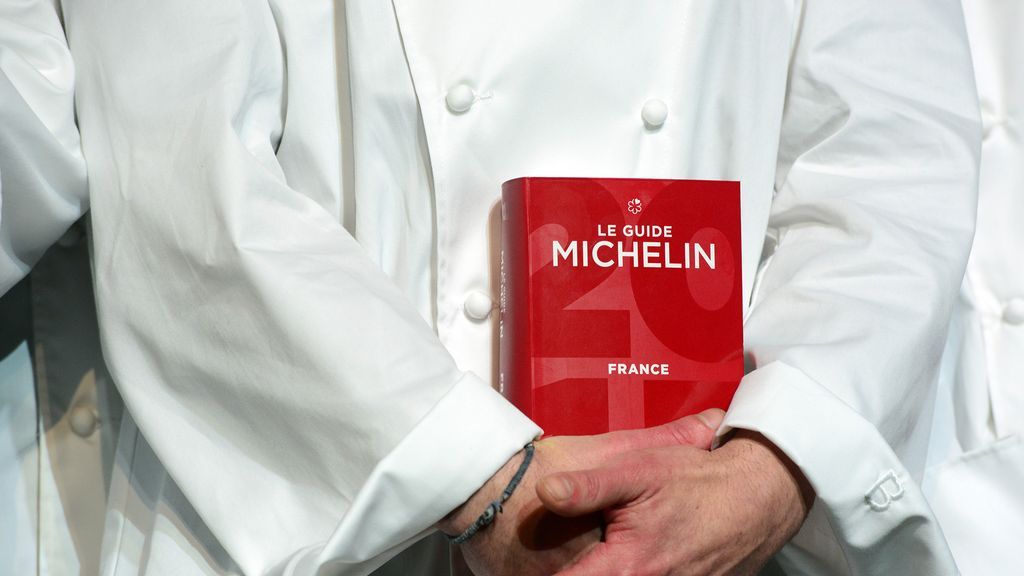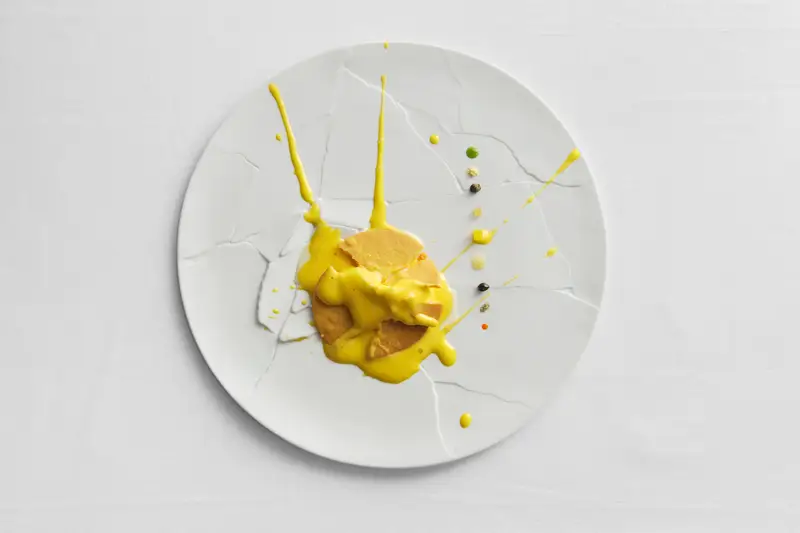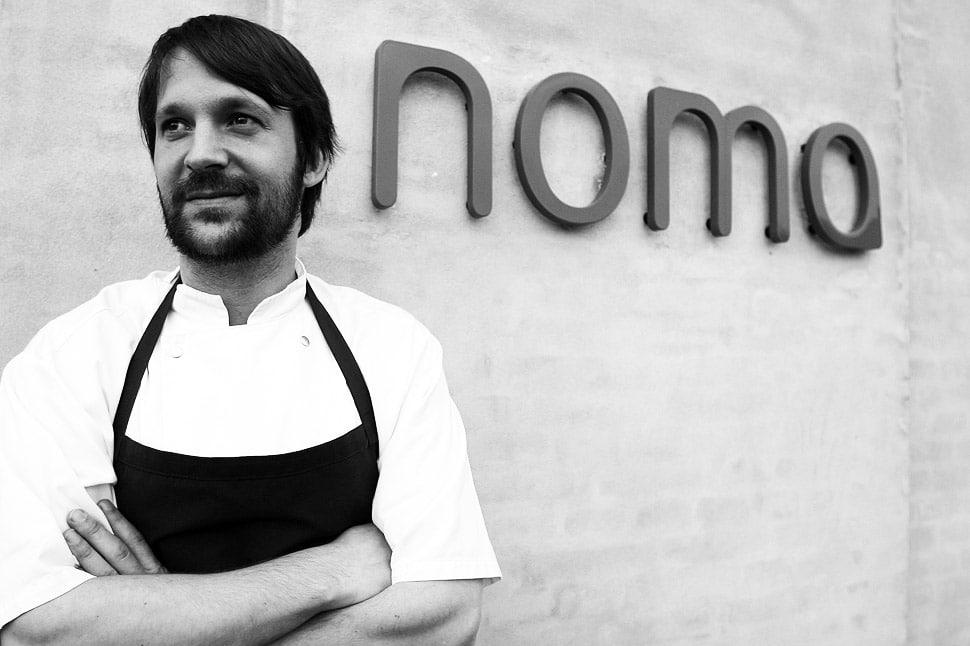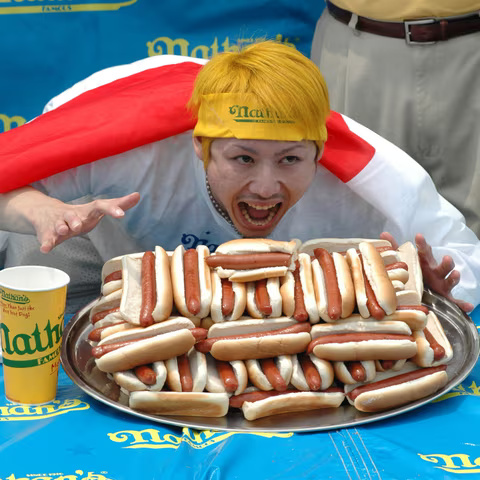It serves more champagne than any restaurant in the UK. The trick? Make it easy: each table is equipped with a “Press for Champagne” button.
Cooking
The Chilean sea bass is a marketing invention. Lee Lantz, a fish wholesaler, wanted a more attractive way of describing the Patagonian toothfish so he could sell it to Americans.
Ella Mills founded the nutrition brand Deliciously Ella after she was incapacitated by PoTS (postural orthostatic tachycardia syndrome). Several hospital admissions and 25 types of medication failed to alleviate her suffering. It was only when she radically altered her diet, cutting out gluten and refined sugar, that she noticed improvements.
Chain restaurants scale by offering a consistent experience, but Dishoom bucks the trend; each restaurant has a unique story behind it, that informs everything from the decor and music to the lighting and bar menu. For example, the King’s Cross design is based on the events and people of the independence movement, with anti-colonial posters from the archives on the walls. This approach requires more time and thinking, but it undoubtedly contributes to the restaurant’s cult following.
Will Guidara built Eleven Madison Park, the World’s Best Restaurant in 2017, by challenging the traditional notion of fine dining. For instance, removing the policy that waiters couldn’t put their hands on the table, and serving soufflés ‘incorrectly’ – in a way that enabled the server to maintain eye contact and a conversation with the person they were serving. “I found if I hired people who had worked in fine dining, they already had too many bad habits.”
At the restaurant crowned world’s best in 2017, the waiters finetuned their service by turning to the world of baseball. Like pitchers, they developed a hand system to signal customers’ water choice while they were still chatting through the menu. The water would then appear at the table before the waiter had finished their interaction.
In a six-week cafeteria experiment, sales increased with a single evocative addition to the menu; ‘Succulent Italian Seafood Filet’ had 27% higher sales than ‘Seafood Filet’.
Francis Mallmann insists on cooking with nothing but fire – using a wood oven rather than electric or propane grills. As cooking with fire is an incredibly slow process, this limitation might seem like an unnecessary delay. But Mallmann’s patience gives the food a uniquely tender and smoky taste.
The three-Michelin-star chef limits himself to serving waste food that is normally thrown away. On a mission to reduce the billions of tons of food sent to landfill, he uses wilted herbs, soggy celery, and overripe fruit to create his meals. His signature dish, which Bottura labels ‘the world’s most wasted ingredient’, is stale bread. As the award winning chef states, “what you think is food waste is just an opportunity to create something amazing.”
They signal a restaurant’s success, and often the start of its collapse. A UCL study of highly rated restaurants showed that
At three Michelin-starred Osteria Francescana, a sous chef accidentally dropped a lemon tart before serving it. All he saw was failure, but the head chef, Massimo Bottura, saw an opportunity. He used it create a new dessert called ‘Oops I dropped the lemon tart’ – a tart served upside down and smashed, which “pokes fun at our daily striving for perfection and pristine beauty.”
At Noma in Copenhagen, René Redzepi restricts himself to using ingredients that grow in Nordic countries even there vegetation barely grows due to the cold weather. The result is that Redzepi works with ingredients other chefs wouldn’t think of touching – rotten seaweed, red ants, and fried fish scales – to create a menu of unexpected flavours diners can’t find elsewhere. As Redzepi says, “the best discoveries are hidden somewhere in insanity.”
In 2024, one of London’s most recognisable restaurants marked its 30th anniversary by returning to its 1994 menu (and prices). A great way of appealing to price conscious consumers and standing out in the process.
Dubbed the “godfather of competitive eating,” Kobayashi revolutionised the sport with a range of new techniques; breaking hot dogs in half rather than eating them whole, eating the dog and bread separately, and dipping the rolls in water to make them easier to swallow.
In a study, led by chef Heston Blumenthal, those who were told it was ice cream didn’t like it – given it was pink they were expecting the taste of strawberry, not fish. But when it was introduced as ‘chilled salmon mousse’, to give people a fair warning, the reaction was much more positive.


